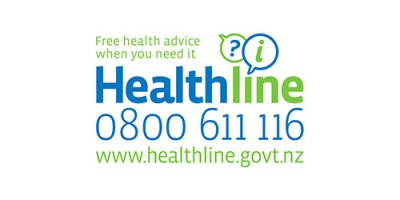Code of expectations released for engaging with whānau and consumers
The Health Quality and Safety Commission New Zealand has released the final version of the code of expectations for health entities’ engagement with consumers and whānau.
The code describes the newly legislated expectations for how we must work with consumers, whānau and communities in the planning, design, delivery and evaluation of health services.
Improvement Facilitator Consumer Engagement Jo Moon says the code is a critical component of our future health services.
"It is about promoting the involvement of consumers with our health and disability services and recognising the fact that services perform best if they engage well," she said.
"When staff understand the experience a consumer has had, they can act.
"Engagement is a powerful mechanism for improving services and systems. The more staff that can embrace the training and knowledge the potential power of consumer engagement the better."
This code is required by the Pae Ora (Healthy Futures) Act 2022 and is underpinned by the health sector principles. All health entities must act in accordance with the code and are required to report annually on how the code has been applied.
Health sector principles
The health sector principles incorporate Te Tiriti o Waitangi (the Treaty of Waitangi) principles identified by the Waitangi Tribunal in its Hauora Inquiry. These include the principles of tino rangatiratanga (self-determination), ōritetanga (equity), whakamaru (active protection), kōwhiringa (options) and pātuitanga (partnership).
This code does not replace the Code of Health and Disability Services Consumers’ Rights (Code of Rights). The Code of Rights specifies important rights that providers must uphold when delivering services directly to consumers, and the code of expectations sets requirements for how health entities must work with consumers, whānau and communities in the planning, design, delivery and evaluation of health services.
Download the code
You can read the full code of expectations in a variety of formats:
- Read the code in English (pdf file)
- Read the code in English (docx file)
- Read the code in Te Reo Māori (pdf file)
- Read the code in Te Reo Māori (docx file)





